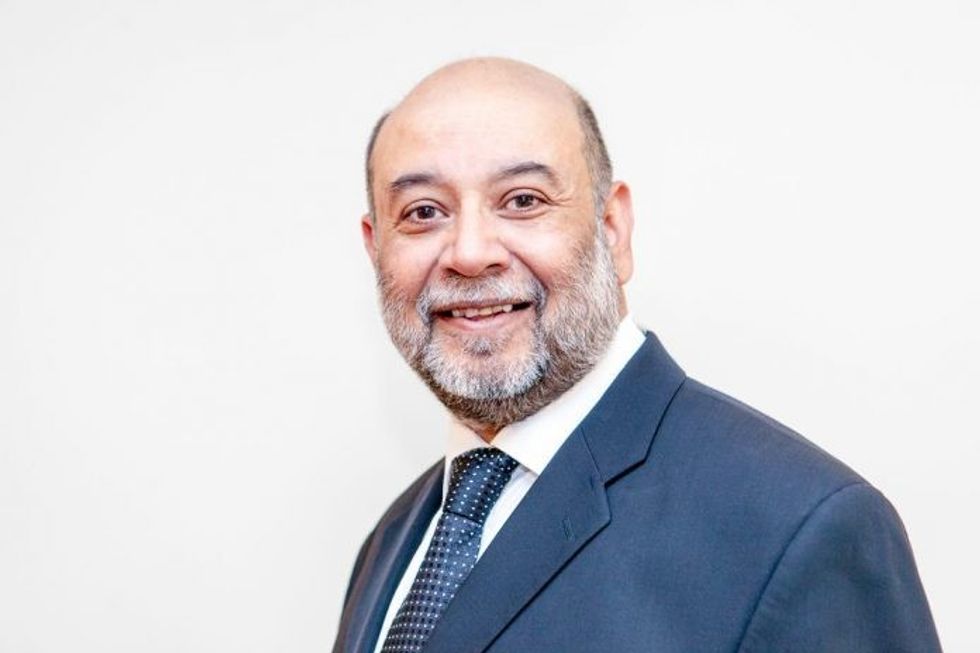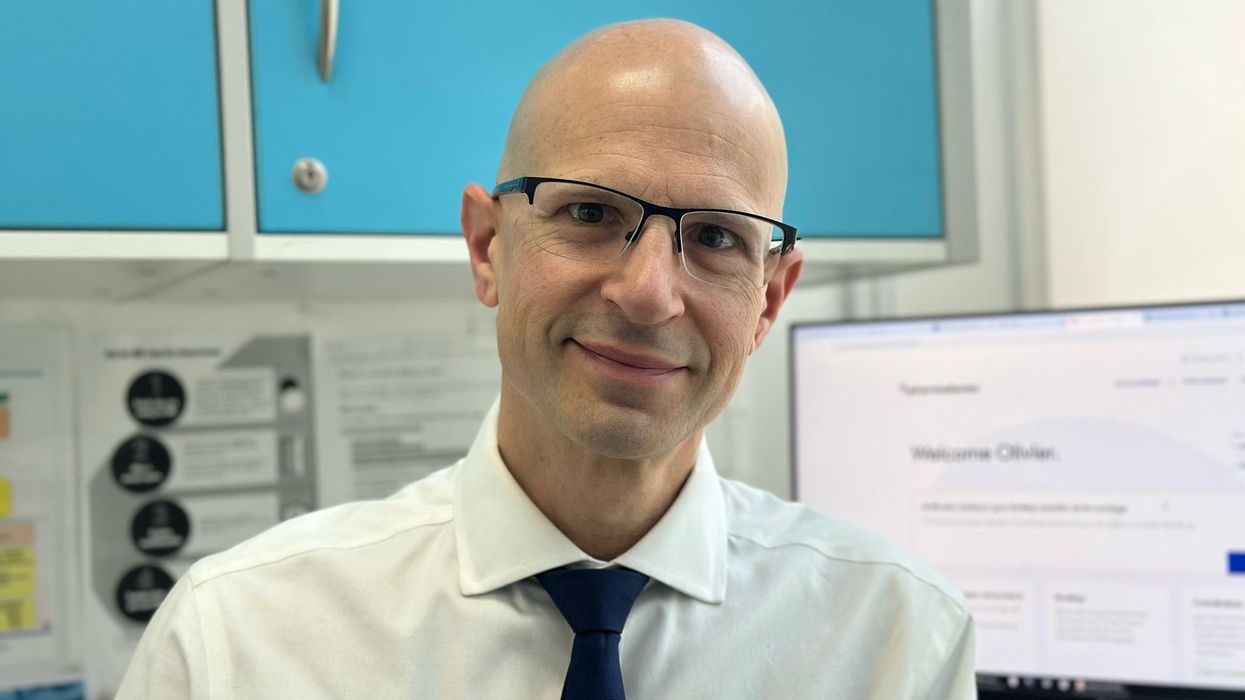By Hemant Patel
The Illusion of Reform
At first glance, the NHS 10‑Year Plan seems visionary. It champions community care, prioritises prevention and health inequalities, and endorses local delivery. But in practice, it offers no new contractual clarity for independent contractors: no fresh funding model, no uplifted baseline, no genuine roadmap for integrating community pharmacies into Integrated Care Systems (ICSs).
It’s a policy that says the right things, without doing the right things. We remain on a flat contract, even as expectations continue to climb.
The Divide Grows Wider
One of the most galling disparities is between pharmacists embedded in GP practices and PCNs, now salaried, integrated, supported, and often funded via ARRS, and those of us running community pharmacies. We’re treated as private providers rather than NHS partners, asked to deliver clinical services without digital access, long-term funding, or fair reward. The gap isn’t subtle, it’s systemic and designed to be so.
The Cost of Staying Open
Many contractors understand this acutely: running a pharmacy today means shouldering all overheads while absorbing increasing public demand. We’re expected to stay open, extend hours, offer walk-in services, digitise records, and support self-care, all without meaningful uplift.
This has real consequences. According to NPA analysis of NHS data:
- Approximately 1,250 pharmacies have permanently closed since 2017.
- In 2024 alone, 248 pharmacies closed—on average nearly five per week.
These are not isolated failures—they reflect a deliberate erosion of infrastructure by policy neglect.
Closure by Financial Attrition
This crisis is no secret. At an All-Party Parliamentary Group (APPG) meeting in the House of Commons, civil servant Jeanette Howe warned that there were “around 3,000 too many pharmacies in England”. This echoed Dr Keith Ridge’s earlier remarks, signalling a direction of travel rather than a temporary shift.
A decade of funding freezes, rising costs, and increasing service expectations has created the perfect storm: a sector collapsing by financial attrition. Ministers may avoid saying “we want to close pharmacies,” but the effect is clear.
A System That Rewards Structure, Not Contribution
If the Plan truly prioritised equity and prevention, it would focus on where patients go, not just whom they see. Community pharmacies are used more frequently than GP surgeries—especially for those managing chronic conditions. Yet we receive no uplift in baseline core funding, no investment in infrastructure, and no strategic role within ICS planning.
Funding models favour NHS institutions, not small agile providers. While GPs receive central funding and workforce schemes, pharmacy owners must build and maintain services on private balance sheets, paying out-of-pocket to keep the system afloat.
A Broken Triangle: Cost, Access and Quality
The economic principle of the cost‑access‑quality triangle teaches us: if you fix one side without supporting the others, the structure collapses. Today’s community pharmacy triangle is crumbling:
- Cost pressure from flat funding and rising overheads
- Access demands from extended services and community reliance
- Quality expectations from clinical commitments and regulatory compliance
You cannot maintain minimum wage staffing and deliver quality clinical outcomes without investment, fair expectations, and policy realism.
Capitation, Prevention and the Missed Opportunity
The NHS Plan references “capitation” (a fixed per-patient payment model) and “population health” (improving the health outcomes of whole communities)—concepts from the old Integrated Care Provider proposals. Yet community pharmacies are not included. We’re neither invited nor positioned to benefit from these models.
That absence suggests we’re still seen as supplementary suppliers, not strategic partners or drivers of system outcomes.
To the Secretary of State for Health and Social Care:
In light of these developments, is it the government’s position to reduce the number of community pharmacies through financial attrition?
If not, please clarify your commitment to sustaining and integrating community pharmacy as a fundamental part of NHS infrastructure.
Who Is Being Fooled?
The NHS Plan misleads the public into believing community pharmacy is safe. It misleads politicians into thinking access is solved because GP-linked clinics may hide closures elsewhere. And it misleads the NHS itself into imagining that apps and remote services can replace walk-in care.
But those on the ground know the truth. We decide to cut hours, delay investments, or reduce staff—not from hesitation of demand, but from lack of funding.
We are not asking for praise; we are asking for parity. We are not resisting change; we are resisting exclusion. Unless community pharmacy is treated as part of the system, the NHS remains dangerously unbalanced.
Policy must reflect reality, not illusions. Because the only people being fooled are those who don’t see what’s already being lost.

Hemant Patel is the former president of the Royal Pharmaceutical Society (RPS) and former chair of the National Pharmacy Association (NPA).












